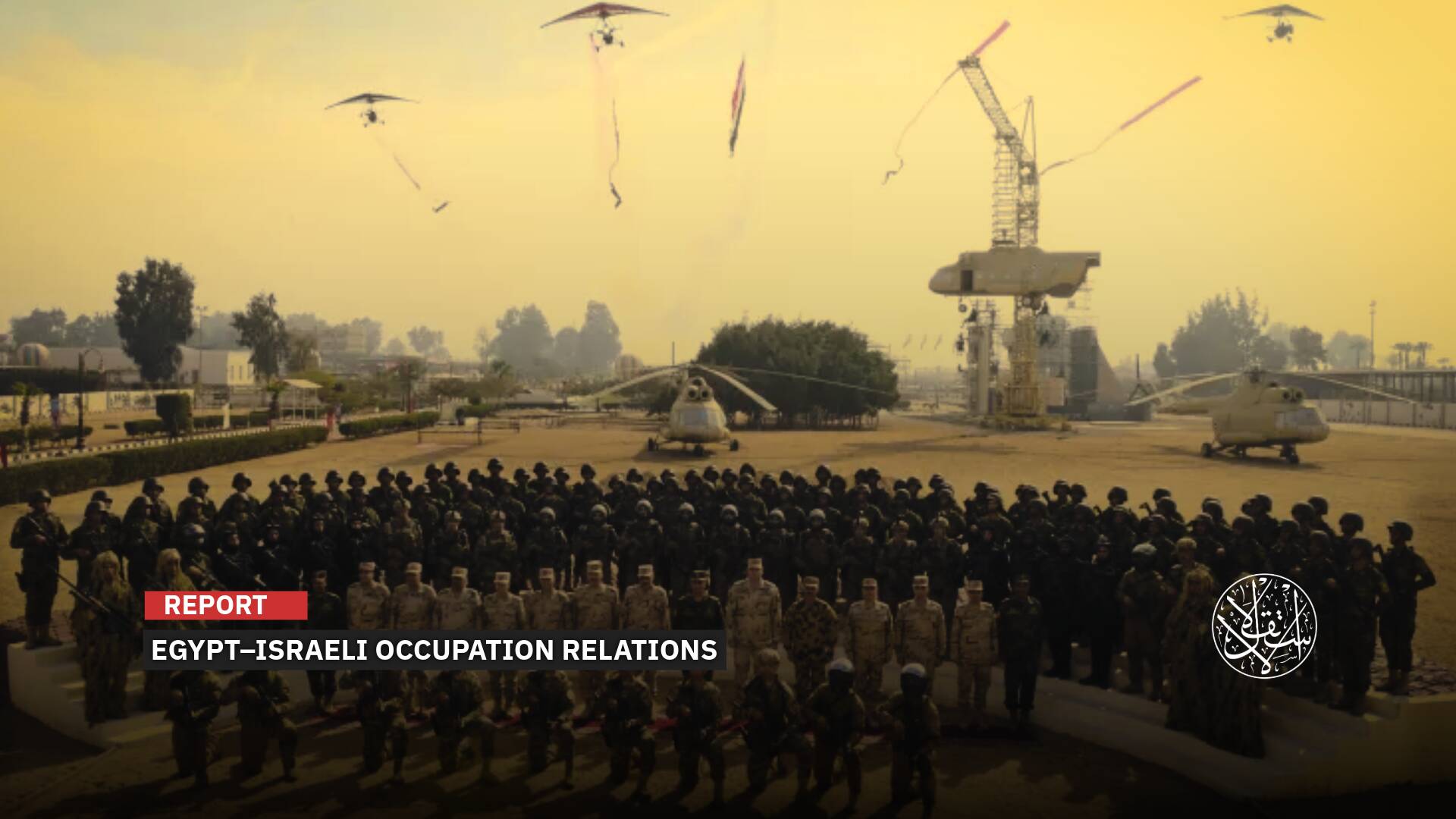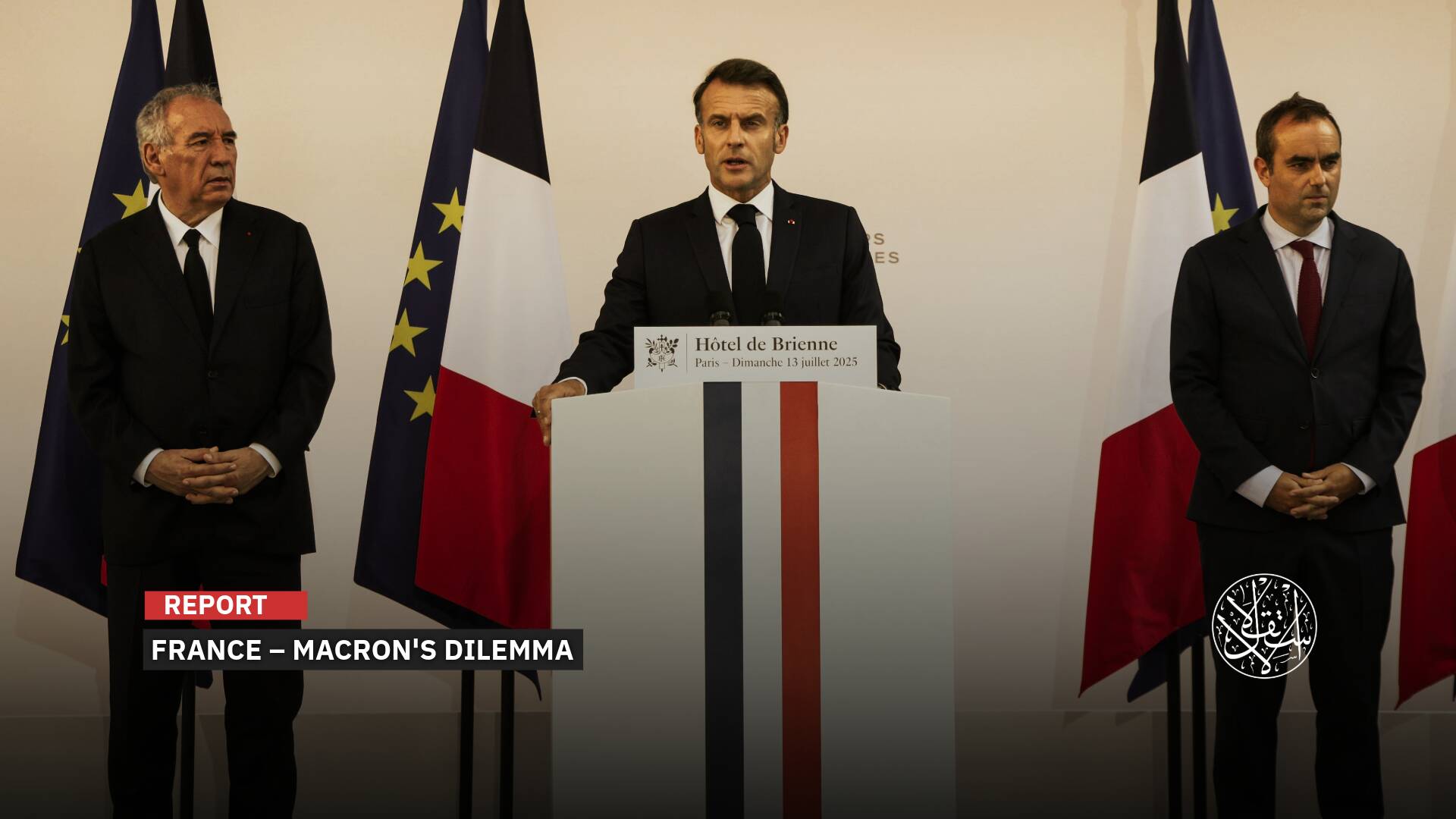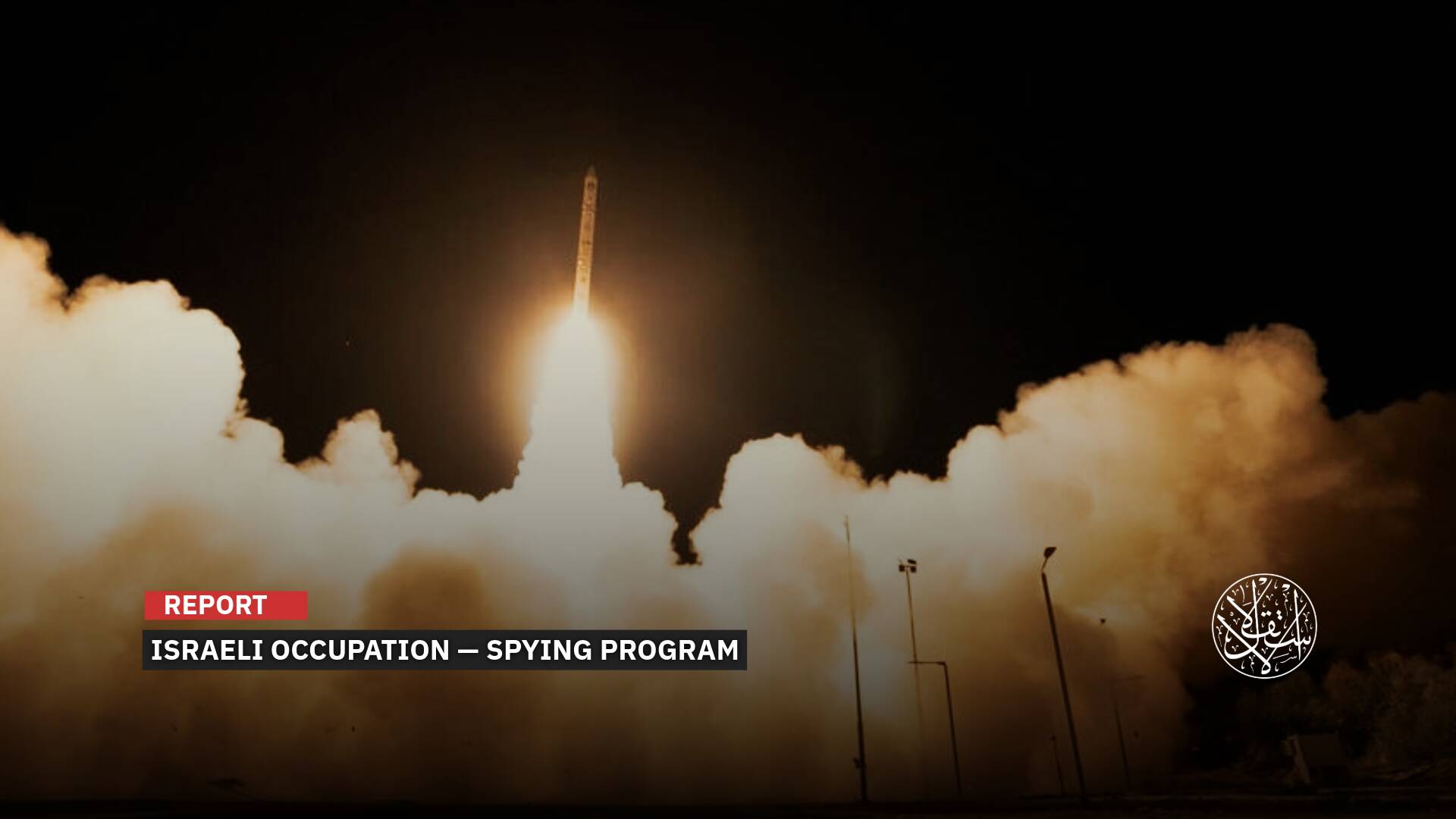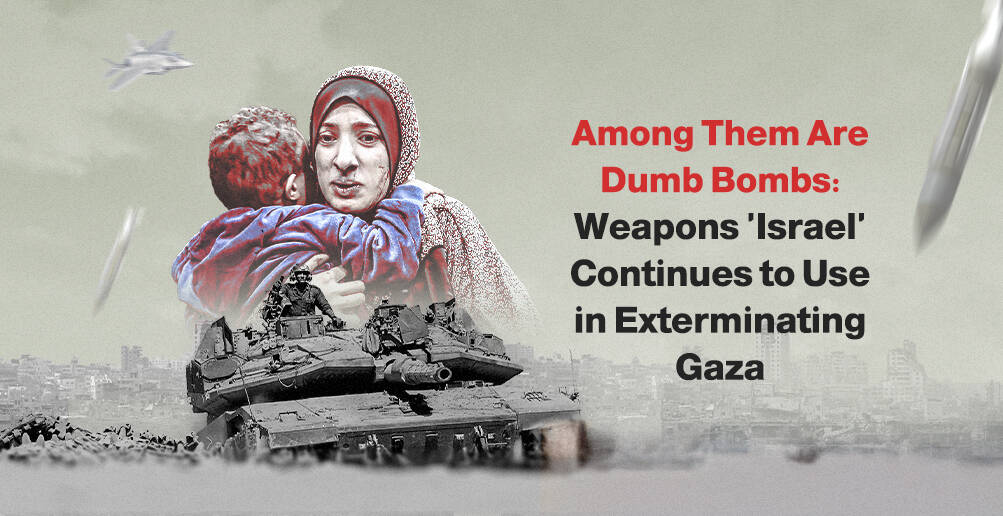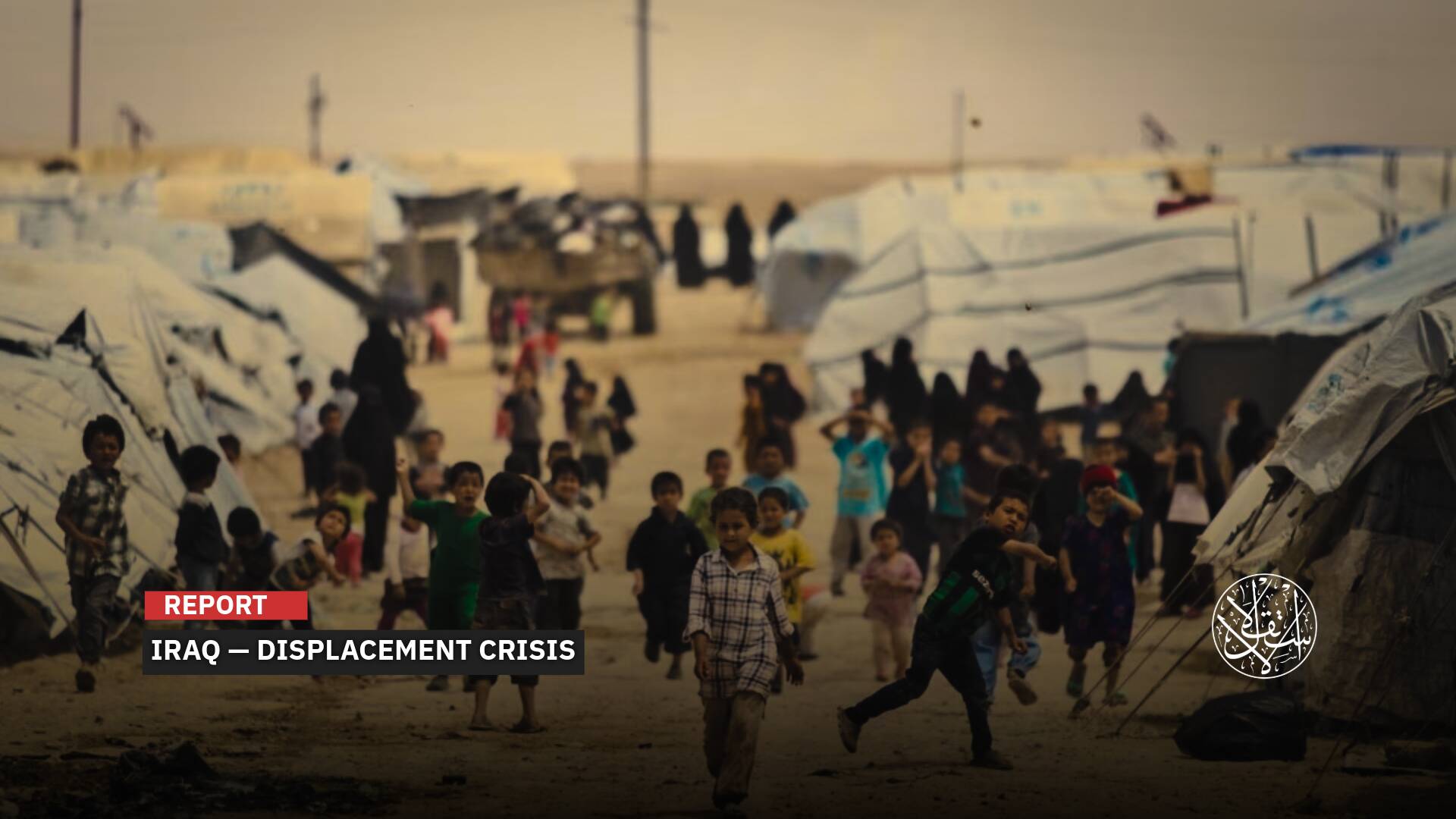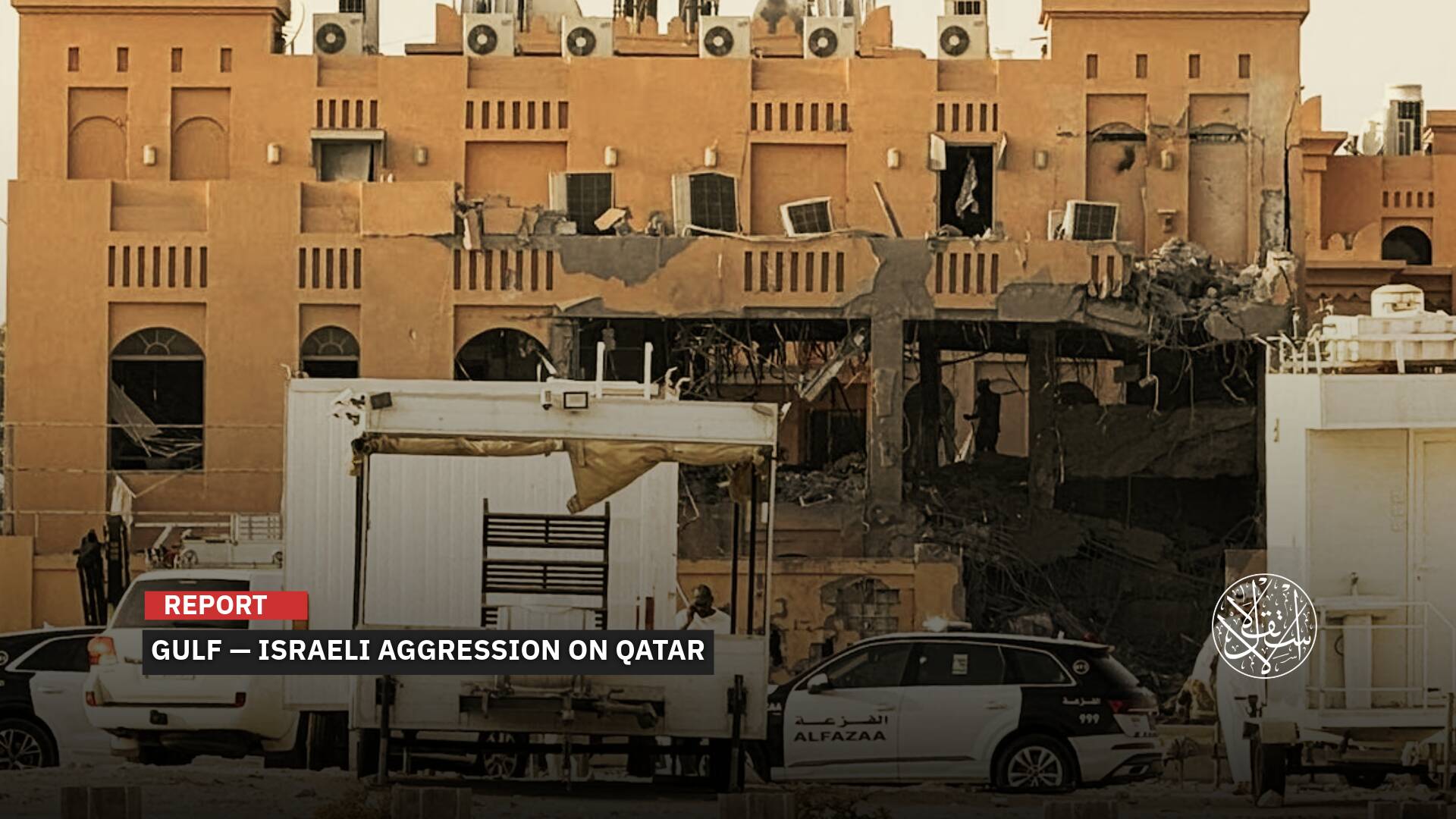With Kyiv's Support Waning, Why Is Russia Focusing on Occupying New Territories in Eastern Ukraine?

Russia's swift seizure of Chasiv Yar would represent a devastating setback for Kyiv as Russian forces continue to slowly advance on the eastern front of Ukraine.
Russian forces continue to advance slowly and encroach further into the eastern front of Ukraine amid the weakness of military support provided to Kyiv to repel the ongoing invasion since February 2022.
The massive quantity of Russian manpower and weaponry has enabled Moscow to overcome Ukrainian defenses and achieve new battlefield advancements in eastern Ukraine.
Field Advancement
Moscow announced on April 5, 2024, its forces' control over the town of Vodyanoy, located about five kilometers from Donetsk city in eastern Ukraine.
Vodyanoy is situated west of Avdiivka city in eastern Ukraine, which fell under Russian control in February 2024, indicating Russia's expanding grip gradually.
Currently, Russian efforts are focused on attempting to seize the town of Chasiv Yar, located approximately 20 kilometers west of Bakhmut, which fell into Russian hands after fierce battles in May 2023.
The town holds strategic importance for warring forces to control the Donbas region in eastern Ukraine, as the Chasiv Yar Heights would provide them with a strong foothold to target cities situated at lower elevations.
Primarily, this includes Kramatorsk, a major city in the region under Ukrainian control, serving as a vital logistics hub for the Ukrainian military.
Both cities hold significant value for Moscow, as separatist forces loyal to Russia briefly seized control of them at the outset of clashes with Kyiv.
On the current front line, Chasiv Yar also serves as an entryway to Bakhmut, indicating the Russian forces' intent to consolidate recent battlefield gains by capturing Chasiv Yar.
In this context, the American Institute for the Study of War (ISW), a military research center in Washington monitoring the Russian invasion, reported on April 5, 2024, that Russia's swift seizure of Chasiv Yar would represent a devastating setback for Kyiv as Russian forces continue to slowly advance on the eastern front of Ukraine.
According to Russian Defense Minister Sergei Shoigu's remarks during a military meeting, since the beginning of 2024, "a total of 403 square kilometers of new territories in the Russian Federation have come under our control."
This refers to the Ukrainian Oblasts of Luhansk, Kherson, Donetsk, and Zaporizhzhia that Moscow announced annexing at the end of September 2022 and partially controls, a move deemed illegitimate by the international community.
ISW estimated at the beginning of April 2024 that Russia had seized control of 505 square kilometers of Ukrainian territory since October 2023.
The institute highlighted that "material constraints" limit the ability of Ukrainian soldiers to conduct effective defensive operations.
It emphasized that opportunities to exploit Ukrainian weaknesses will expand as long as the country faces shortages in weapons and difficulties in recruiting new soldiers.
Coinciding with the progress of the Russian battlefield, Ukrainian President Volodymyr Zelenskyy stated on April 6, 2024, that his country lacked sufficient ammunition to launch a counterattack against Russia. However, he clarified that Kyiv had begun to receive some from its partners to defend itself.
The Diminishing Supplies
In recent months, the significant delay and dwindling military supplies reaching Kyiv from its Western allies, chiefly the United States, have become glaringly evident.
Currently stalled in the U.S. Congress is a $60 billion funding package, though there are hopes that lawmakers will move to approve it in the coming period.
Even foreign ministers of the North Atlantic Treaty Organization (NATO) countries discussed in early April 2024 the establishment of a €100 billion fund to support Ukraine, with NATO Secretary-General Jens Stoltenberg urging them to ensure long-term weapon supplies to Kyiv.
With slow progress in its counteroffensive and no signs of Russian withdrawal, Ukraine faces a protracted war requiring sustained support from its allies, who also focus on aiding "Israel" in its aggression against Palestinians.
Experts believe that Russian forces are utilizing their resources more strategically than they did in the early battles of their 2022 invasion.
As warmer weather arrives in Eastern Europe, Russia intensifies its attacks on Ukraine with nightly missile and drone strikes on infrastructure and military targets, likely preceding a major ground assault this summer, according to military analysts, particularly as Russian President Vladimir Putin has made the seizure of Donbas — a resource-rich region with a significant Russian-speaking population — a key objective of his war aims.
Ukrainian and Western military experts believe Moscow is preparing for a major ground assault sometime in late May or June 2024 to breach Ukrainian defensive lines and occupy more territory.

Military experts link the tactics employed by the Russian army, capitalizing on Ukrainian weaknesses in military support, to its field advancements and the seizing of more territories.
The Institute for the Study of War noted that Moscow has begun sending more tanks and infantry fighting vehicles to participate in its attacks along the frontlines.
The fierce fighting, shelling, and aerial assaults continue in battlegrounds stretching over 400 miles (644 km) from the Kherson Oblast on the Black Sea to towns and villages northwest of Luhansk, a major city in eastern Ukraine under Russian-backed forces' control since 2014.
However, it's evident that Russia is focusing on hitting military and non-military targets far beyond the frontlines.
DTEK, Ukraine's largest private energy company, reported an 80% loss in its power generation capability following Russian attacks.
The attack on Ukraine's energy infrastructure is seen as further evidence that Russia plans a major offensive.
By targeting the power grid, Russia hopes to hinder Ukraine's ability to transport troops and equipment by rail and aims to cripple the country's economy.
Effective Dynamics
"Russia is gaining momentum in its assault on Ukraine amid stalled Western aid, making the coming months critical to the direction of conflict. In a worst-case scenario, parts of Kyiv's front line could be at risk of collapse," Ben Barry, senior fellow for Land Warfare at the IISS defense and security think tank, said in an analysis in March.
He flagged that Russia's success in taking the city of Avdiivka, along with its territorial gains since then, "raises the question of whether the Ukrainian assessment in late 2023 that the war would stalemate in 2024 may have been optimistic.
"Moscow's willingness to take territory in the face of high casualty figures, coupled with a boost in output of artillery shells, is in contrast with a lack of sustained Western supply of artillery ammunition to Kyiv. Those dynamics have created the conditions for the most recent shift in the land campaign's momentum as the third year of fighting in Russia's full-scale invasion sets in," he noted.

The International Institute for Strategic Studies estimated that Russia, which has already mobilized several hundred thousand men, can sustain an offensive campaign for some time.
According to data, Moscow has managed to recruit a sufficient number of contracted soldiers to maintain its force structure while also putting its economy on a war footing, with military spending now accounting for a third of its national budget and reaching about 7.5% of its gross domestic product.
In contrast, Ukrainian President Volodymyr Zelenskyy issued warnings that unless the stalled American package worth billions of dollars is approved soon, his forces would have to "retreat and withdraw incrementally." He also cautioned that some major cities might be at risk of falling.
There's a great risk of the front lines collapsing wherever Russian generals decide to focus their offensive. Moreover, thanks to a much greater weight in numbers and the guided aerial bombs that have been smashing Ukrainian positions for weeks now, Russia will likely be able to "penetrate the front line and to crash it in some parts," they said.
They spoke on the condition of anonymity to speak freely.
"There's nothing that can help Ukraine now because there are no serious technologies able to compensate Ukraine for the large mass of troops Russia is likely to hurl at us. We don't have those technologies, and the West doesn't have them as well in sufficient numbers," one of the top-ranking military sources told POLITICO.
Further, with significantly greater numbers and precision-guided munitions bombarding Ukrainian positions for weeks, Russia is likely capable of penetrating and destroying the front line in some parts, according to them.
"We don't only have a military crisis — we have a political one," one of the officers said. While Ukraine shies away from a big draft, "Russia is now gathering resources and will be ready to launch a big attack around August, and maybe sooner."


